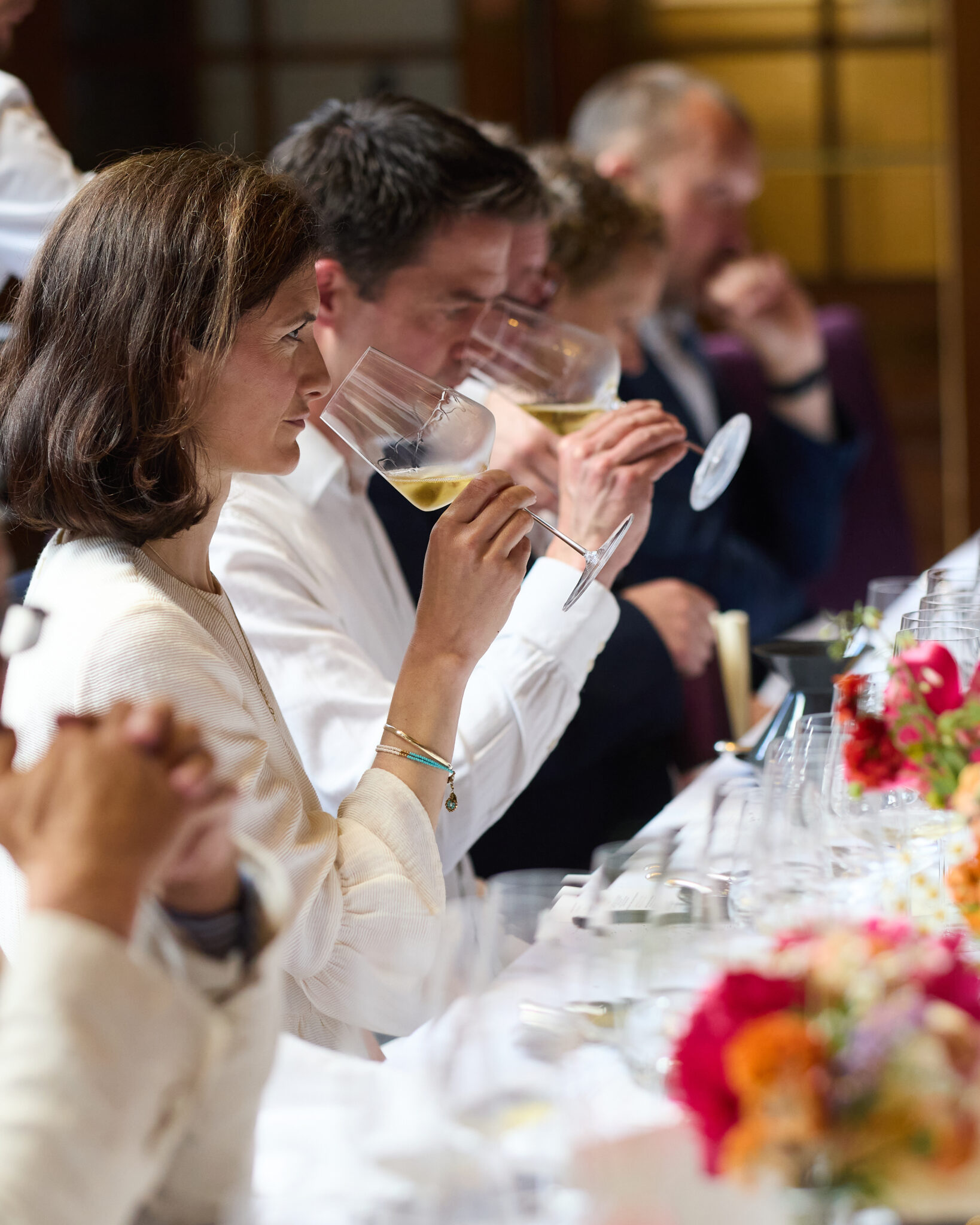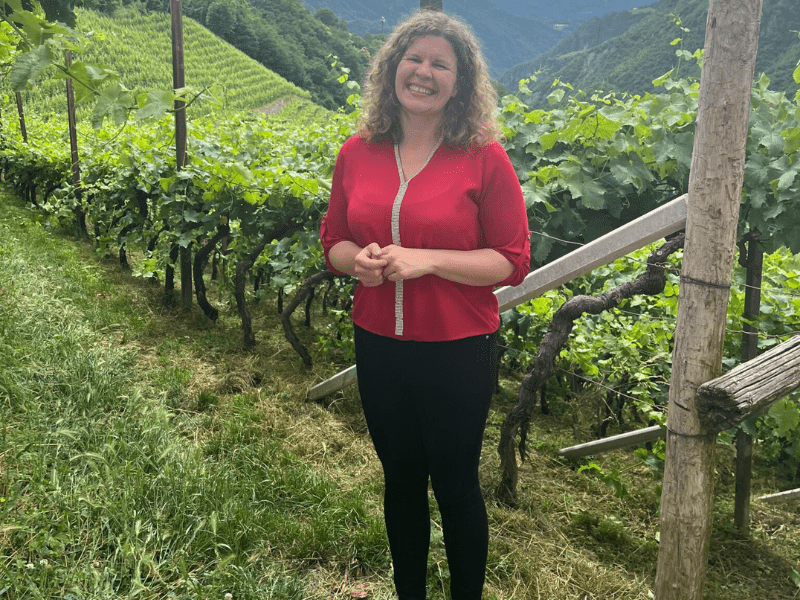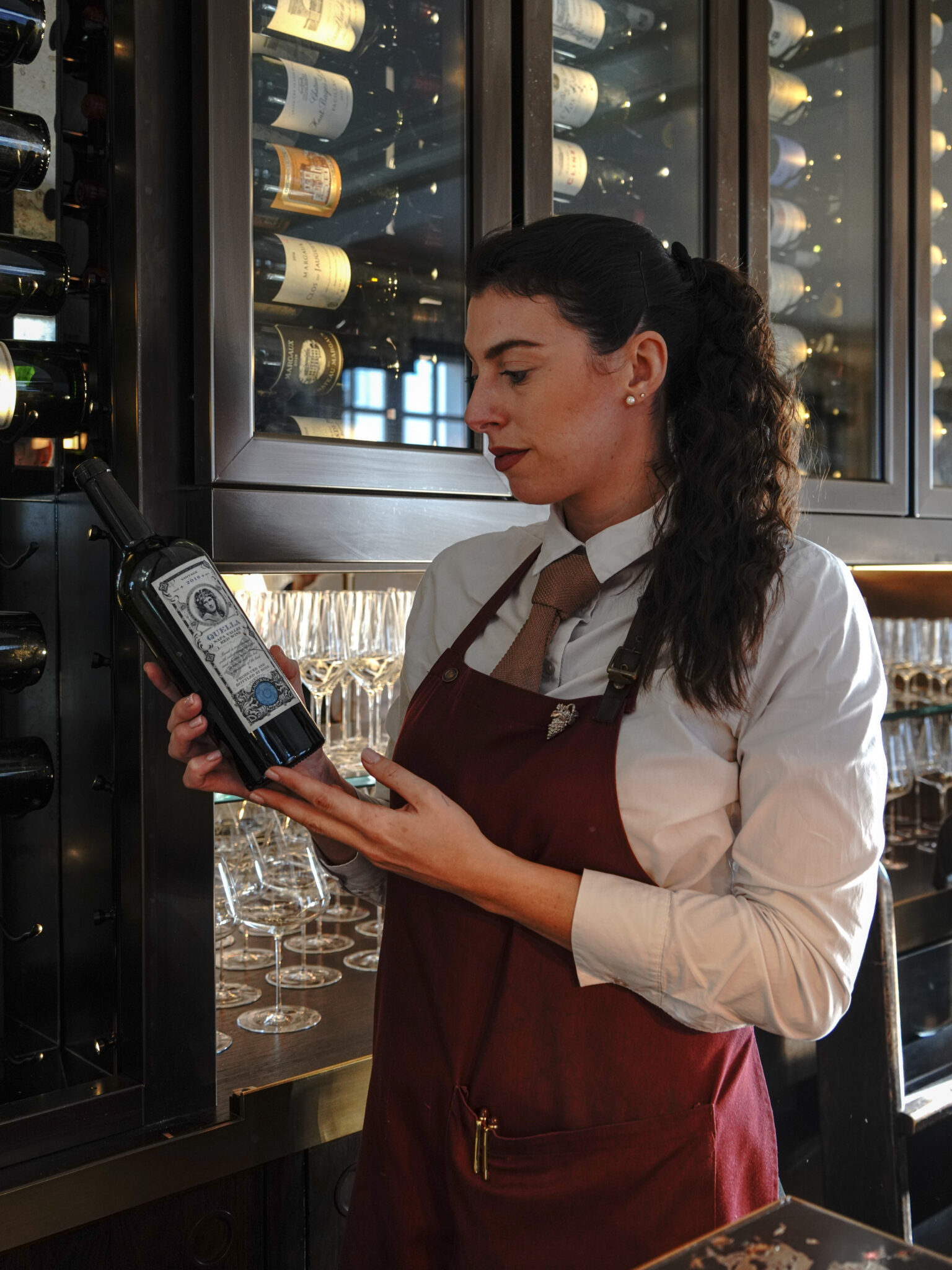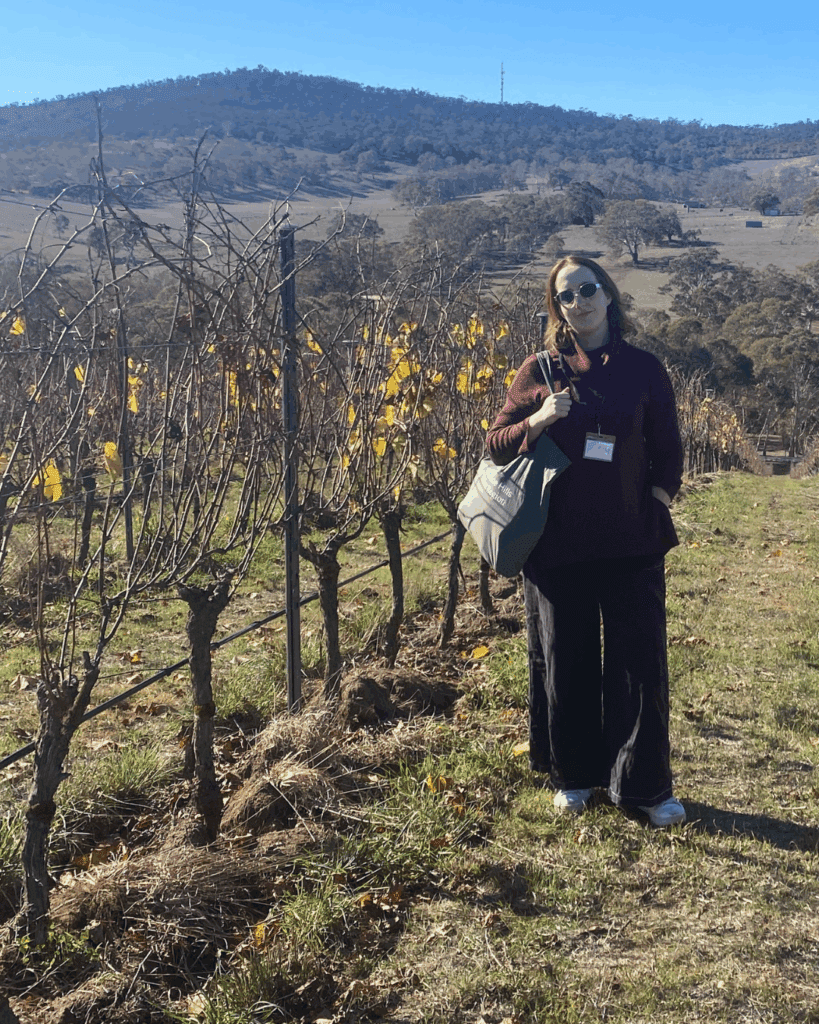UNDER THE SURFACE | English wine – boom or bust?
Last month, the London Club hosted a celebration of English wine, gathering producers, trade and media for an occasion that was part cheerleading, part introspection. So beyond the headlines, what does the future hold for English wineries? Guy Woodward delves deeper…
‘Celebrating English Wine’s Past, Present and Future’ was the title of an industry lunch and tasting held at the London Club in June, to coincide with the start of English Wine Week. The aim? To mark a game-changing year for English wine, a category that the Club has long championed.
In 2023, 87 new vineyards were established in the UK, pushing the total over 1,000, and cementing viticulture as the UK’s fastest-growing agricultural sector. Production also spiralled, hitting the equivalent of 21.6 million bottles, up 77% on 2022. The sector has never been more buoyant. And as winemakers and owners alike, from Mark Driver of Rathfinny and Kirsty Goring of Wiston to Ridgeview’s Simon Roberts and Nyetimber’s Brad Greatrix, took turns to outline their vision to the assembled press and trade, it was generally in an upbeat tone.
‘We don’t yet know how good
Josh donaghy-Spire,
English wine can be, but we’re all
trying hard to find out.’
chapel down
With wines ranging from the 1996 vintage of Nyetimber’s Blanc de Blancs en magnum to the just-bottled 2023 ‘Trouble Every Day’ Pinot Noir from Blackbook, no wonder the latter’s American owner Sergio Verrillo heralded England as ‘the most exciting emerging wine region in the world’. It is certainly true that no other wine region has, in the past two decades, created its own signature style, from scratch, that is now recognised as such both at home and abroad. Critical acclaim too has now moved beyond the ‘good-for-England’, novelty status, with consistent coverage both in the UK and overseas (Wine Enthusiast in the US now has a dedicated critic assigned to English wine, while Robert Parker’s Wine Advocate has just appointed one).

Amid the well-deserved backslapping, though, we wouldn’t be doing our job as observers if we didn’t point out the degree of caution expressed at other trade events we attended in the same week. Alongside last year’s 77% increase in production was a more modest 10% rise in sales, which remain stubbornly below 10m bottles – not even half 2023’s bumper crop. Concern regarding over-supply and over-investment is not uncommon, with a panel discussion at a tasting held by contract winemaker Defined Wines concluding that ‘the UK wine industry has to be careful about going overboard on the message that English wine is booming’. Winemaker and consultant Justin Howard-Sneyd MW was among those predicting a degree of consolidation and correction in the coming years.
Let’s drill further into those figures. Back in 1975, England and Wales had a modest 200 hectares under vine, largely tended by hobbyist winemakers. This rose to 850ha by 2000 and 1,300ha in 2010 but has since grown to a total hectarage of 4,200 – a figure that is forecast to reach 7,600ha over the next decade. And while there is currently a gap between supply and consumption, that is not uncommon in a nascent industry in which vines take three years to bear fruit, and sparkling wines require a similar time in gestation.


As you might expect, trade body WineGB put a positive spin on the numbers, with CEO Nicola Bates labelling 2023’s record production ‘reassuring’, as it ‘will enable our burgeoning producers to build up their stocks of reserve wine for use in non-vintage and multi-vintage sparkling wines’. It is certainly true, as she points out, that reserve wines allow for greater consistency year-on-year, along with more complexity and blending options. ‘As a young industry, building these stocks remains vitally important,’ she added.
And of course, stats can be spun every which way. While they may not be keeping pace with plantings, sales of English wine are up 200% over the past four years – an increase that other regions would die for. Nor should it be overlooked that such figures buck the wider trend of falling wine consumption in most markets. Plus, as Bates points out, the sector itself is still, proportionally, very small. ‘The UK sells over 1.2 billion bottles of wine each year, and English wine accounts for just 10 million of that. Surely we can grow that a little further…’


Tourism too is becoming a massive part of the English wine scene, with the number of visits to wineries doubling in the past two years. WineGB has already begun lobbying the new government to help accelerate this growth, and ‘to place greater value on its home-grown wines’. There is also a marked shift in the perception of England’s still wines, which not only provide welcome cash-flow for wineries, but greater diversity and increasing critical acclaim, not least for Chardonnay.
All in all, it’s hard not to be excited, even if there are still likely to be bumps in the road ahead. ‘We don’t yet know how good English wine can be, but we’re all trying hard to find out,’ said Josh Donaghy-Spire, head winemaker at Chapel Down. And, as Charles Simpson, co-owner of Simpsons Wine Estate in Kent added: ‘When do you get a front-row seat to watch the birth of a wine region?’
Not a 67 Pall Mall Member? Sign up to receive every issue of The Back Label by filling out your details below.


IN
THE
VINEYARD
Gump Hof, Alto Adige, Italy


ON
THE
LIST
Mariachiara Faccin


ON
THE
ROAD
Christina Kaigg-Hoxley in the Adelaide Hills
